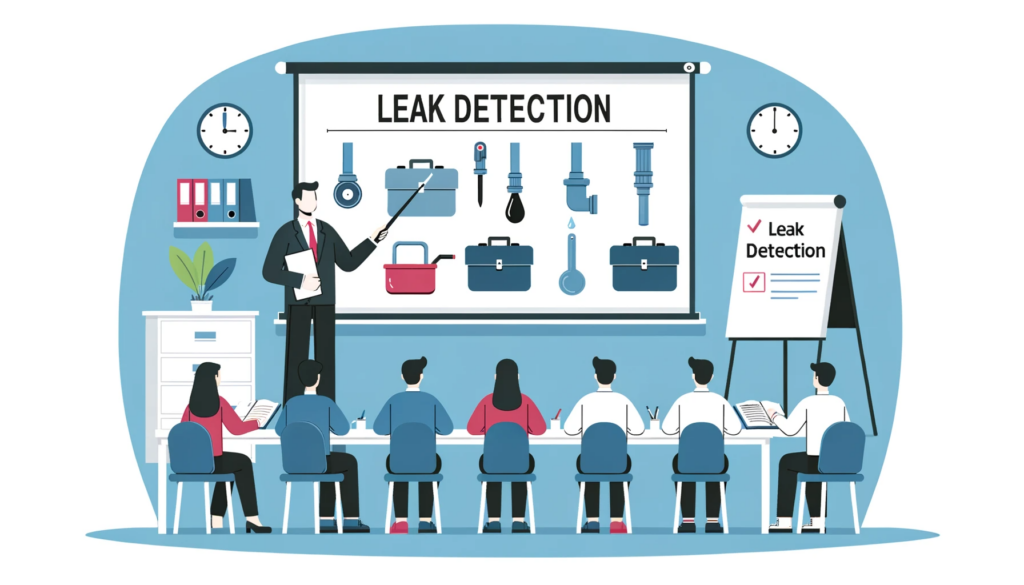
Call Today 09 973 4973 or
Toilet leaks are one of the most common types of plumbing issues experienced by homeowners. While some leaks may be readily apparent, others can go unnoticed, leading to increased water bills and potential water damage. This article will explore the various types of toilet leaks, methods for detection, and steps to take when a leak is found.
Common Types of Toilet Leaks
Toilet leaks can occur for a variety of reasons and at different parts of the toilet. Here are some of the most common types:
Overflow Tube Leaks: This occurs when water from the tank flows into the overflow tube and down into the bowl, causing a constant trickle of water that is hard to notice but can waste a significant amount of water.
Flapper Valve Leaks: The flapper valve is designed to create a watertight seal within the tank. If it’s damaged or worn out, water can leak from the tank into the bowl.
Wax Ring Leaks: The wax ring forms a seal between the toilet base and the sewer pipe. If this ring fails, water can leak onto the floor whenever the toilet is flushed.
Supply Line Leaks: The supply line brings water into the toilet’s tank. Leaks here can be due to a loose connection, a puncture in the line, or a worn-out valve.
Detecting Toilet Leaks
Several methods exist for detecting toilet leaks:
Visual Inspection: Some toilet leaks can be easily identified through a visual inspection. Check the floor around the toilet for any signs of water, as well as the water level in the toilet bowl and tank.
The Dye Test: A simple and effective way to test for leaks from the tank to the bowl is by using a dye tablet or food coloring. Add the dye to the tank and wait for about 20-30 minutes without flushing. If colored water appears in the bowl, it indicates a leak.
Listening for Leaks: Often, a silent leak can be heard if you listen carefully. Sounds of running water or a hissing noise coming from the toilet can indicate a leak.
What to Do When a Toilet Leak is Detected
If you suspect a leak in your toilet, it’s essential to act promptly to avoid wasting water and prevent potential water damage. Some minor leaks, like a worn-out flapper, can be fixed with a DIY approach by replacing the faulty part. However, more significant issues, such as a leak at the base of the toilet or in the supply line, will likely require the expertise of a professional plumber.
Preventing Toilet Leaks
Regular maintenance is key to preventing toilet leaks. Inspect your toilet periodically for any signs of leaks. Regularly check the components of your toilet, such as the flapper, fill valve, supply line, and wax ring, and replace any parts that appear worn or damaged.
In conclusion, understanding how to detect and address toilet leaks is a valuable skill for homeowners. Not only can it help prevent damage to your home, but it can also result in significant water and cost savings.
Suppliers




